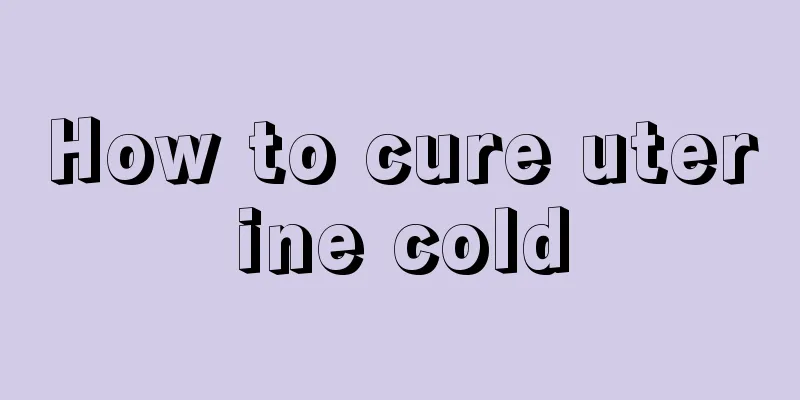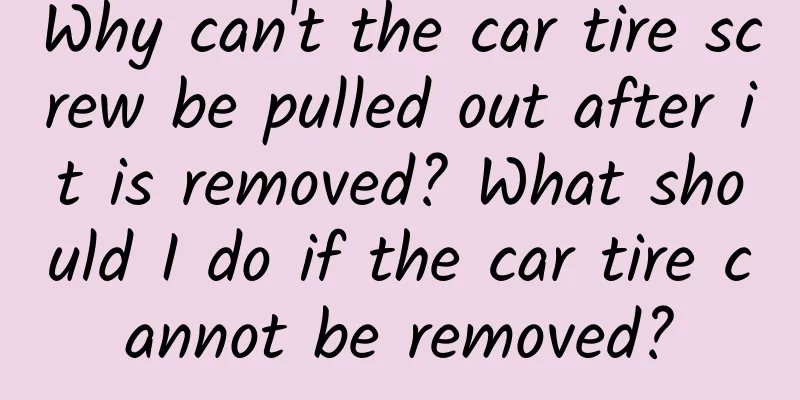What are the differences between aspiration uterus and curettage?

|
Many couples or spouses will experience unexpected pregnancies. It is quite distressing to have a child when you are not ready for it. Some people choose to give birth to the child while many others choose to abort the child. There are many ways to have an abortion. Abortion can be divided into two types: suction uterine curettage and curettage. There are many differences between the two. Here we will introduce the differences between suction uterine curettage and curettage. As a method of artificial abortion, vacuum extraction is performed on smaller gestational sacs. Larger gestational sacs cannot be completely removed by simple vacuum extraction. In order to prevent any residue, a scraping of the inner wall of the uterus is still required. Curettage is the most harmful because the basic principle is that it destroys the uterine lining and the uterine lining takes a long time to recover. The curette commonly used in curettage. Uterine aspiration generally uses a uterine tissue suction tube. In the early days, metal tubes were used, which had problems with repeated use and disinfection, so disposable plastic tubes are now mostly used. the difference: (1) Within 7 to 10 weeks, the contents inside have grown quite large, and medical abortion may not be able to completely abort the fetus. So at this time, surgery is needed to perform an abortion. There is no need for curettage within 10 weeks of artificial abortion. Within 10 weeks of pregnancy, a device with a negative pressure of 400 to 500 mm of mercury can be used to suck out the embryonic tissue in the uterus. This is the legendary uterine suction technique. Vascular aspiration is performed between 7 and 10 weeks of pregnancy. (2) Between 11 and 14 weeks, the fetus is gone and cannot be sucked out by suction. It has to be crushed with pliers and then the pieces can be taken out. A procedure in which the fetus and placenta are removed using forceps after the cervix is dilated. Suitable for terminating pregnancy between 11 and 14 weeks, this is the legendary curettage. Between 11 and 14 weeks of pregnancy, a curettage is done. The advantage of abortion is that no matter how big the fetus is, we can still have it removed. If it doesn’t work, we can just cut it into pieces and have it removed. The downside is, of course, that the damage is even greater. The longer you wait, the greater the damage. The further back you go, the more secure it becomes. If you want to take it down, you can only pull out the radish with the mud, and there will be a big hole left in the ground. This land is the woman's womb. If there are too many pits on the ground, it will not be able to raise children in the future. |
<<: Is it useful to use a hot water bottle to apply heat to uterine congestion?
>>: How soon can I wash my hair after a cesarean section?
Recommend
How to make a fat-reduced sandwich How to make a fat-reduced sandwich
For breakfast today, I made a fat-reducing sandwi...
Do you understand the "big triple positive" and "small triple positive" on the physical examination report?
Hepatitis B is an infectious disease. Data show t...
Will there be breast pain before pregnancy?
Pregnancy is both a happy and painful thing for w...
If a child is injured and shows these symptoms, seek medical attention immediately.
If a child is injured and shows these symptoms, s...
The best age to have a baby
Many female friends, with the progress of society...
How many days can a woman who has just given birth go out?
After giving birth, the mother has consumed a lot...
Insomnia the day before work? Here is a guide to curing post-holiday syndrome
Today is Sunday, and it is also the first day bac...
Can breast shrinkage after breastfeeding be restored?
Many women will have shrunk and sagging breasts a...
Bleeding the next day after curettage after incomplete medical abortion
Medical abortion mainly involves taking medicatio...
Where is the pelvic fluid located?
The pelvic cavity mainly refers to a woman's ...
What should I do if my teeth become loose during pregnancy?
After pregnancy, many women will experience denta...
Can I use water from a water heater to take a bath during confinement?
Pregnant women can choose between natural birth a...
Do you have a stuffy nose and runny nose even though you don’t have a history of rhinitis? Don’t violate the “three no’s” principle of nose protection!
After the light snow, the weather became colder a...
When is the best time to repot succulent mountain roses? How to repot mountain roses purchased online?
Mountain rose is a common succulent plant in life...









